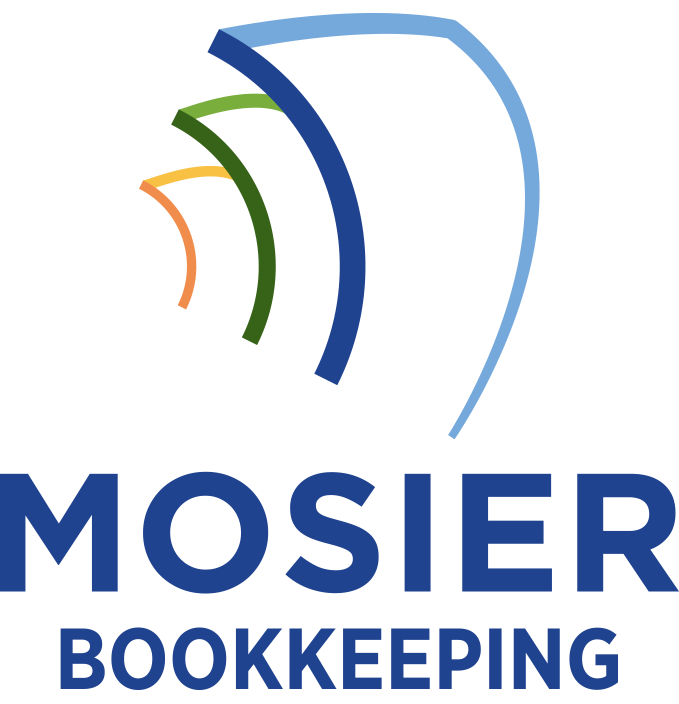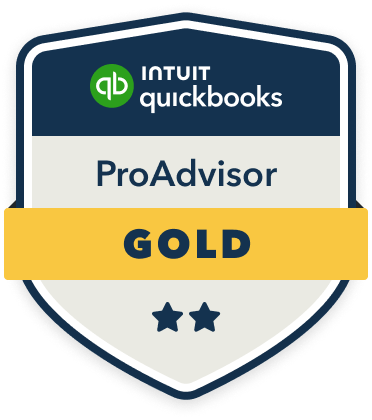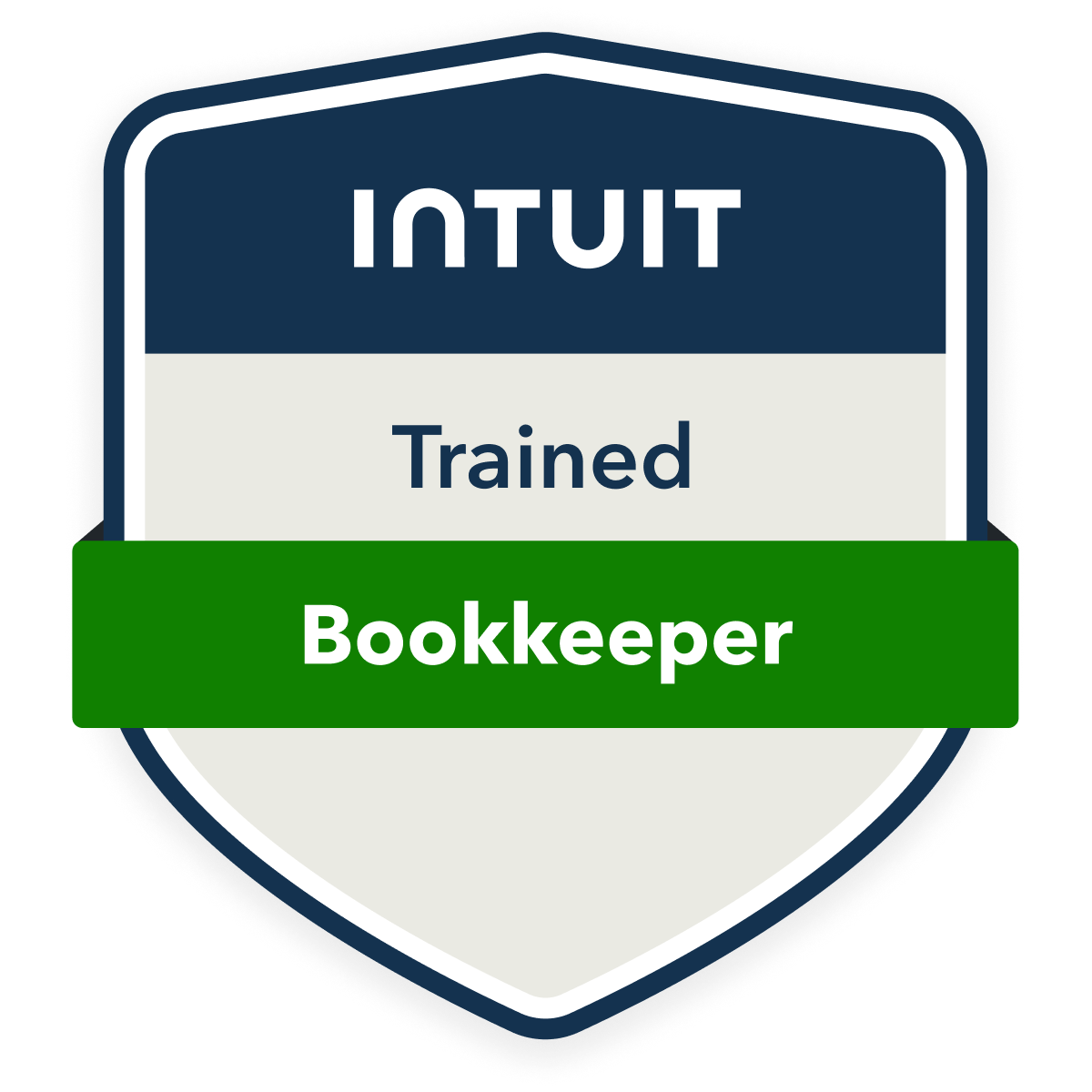To claim business expenses on your tax return, you’ll need to maintain detailed records of all qualified expenses including receipts, invoices, and documentation of their business purpose. Report these expenses on Schedule C if you’re self-employed, or Form 2106 for employee business expenses. Choose between standard or actual expense deduction methods, ensuring you separate personal and business costs. Following IRS guidelines for substantiation and proper categorization will help maximize your eligible deductions while staying audit-ready.
What Qualifies as a Business Expense

Business expenses must be both ordinary and necessary to qualify for tax deductions. In my experience, “ordinary” means common and accepted in your industry, while “necessary” indicates helpful and appropriate for your business.
I can deduct costs directly related to operating my business, including office rent, employee wages, supplies, equipment, professional services, and marketing expenses. Vehicle expenses, travel costs, and home office deductions also qualify when properly documented.
I must maintain accurate records of all business transactions, including receipts, invoices, and bank statements. The IRS requires me to substantiate every expense I claim to prevent disallowance during an audit.
Required Documentation and Record-Keeping
Three key record-keeping practices are essential for substantiating my business expense claims to the IRS: maintaining original receipts, documenting business purpose, and organizing digital records. I maintain a clear audit trail through systematic documentation.
| Document Type | Required Details |
|---|---|
| Receipts | Date, amount, vendor |
| Mileage Log | Distance, purpose, destination |
| Entertainment | Attendees, business discussed |
| Travel | Itinerary, business activities |
| Asset Purchases | Cost, date, business use % |
I scan all paper receipts immediately and back up digital records in cloud storage, ensuring accessibility for the IRS’s seven-year lookback period. My record-keeping system enables quick retrieval during audits.
Common Business Expense Categories

While preparing your tax return, understanding key expense categories enables proper classification and maximization of legitimate deductions. I’ll guide you through the primary categories: travel, vehicle, home office, supplies, professional services, insurance, and marketing expenses. Each category has specific IRS guidelines for deductibility.
Your operational costs include rent, utilities, equipment, and employee wages. Don’t overlook professional development expenses like continuing education and certifications. Technology-related expenses encompass software subscriptions, website hosting, and cybersecurity measures. Interest on business loans and credit cards qualifies as deductible financial expenses. Track meals and entertainment carefully, as they’re subject to 50% deductibility limitations.
Choosing the Right Tax Forms and Schedules
Selecting the appropriate tax forms depends primarily on your business structure and income reporting requirements. You’ll need to determine whether your business classifies as a sole proprietorship, partnership, corporation, or LLC to properly document your expenses.
- Schedule C (Form 1040) – Use this for sole proprietorships and single-member LLCs to report profit or loss
- Form 1065 – Required for partnerships and multi-member LLCs to report business activities
- Form 1120 or 1120S – Necessary for C-corporations and S-corporations respectively to document expenses and income
Additional schedules may be required based on specific deductions you’re claiming and your business activities.
Deduction Methods and Calculation Strategies

When claiming business expenses, you’ll need to choose between using the standard deduction method or tracking your actual expenses, as each approach has distinct tax implications. I recommend maintaining meticulous records of all business-related costs, including receipts, invoices, and payment confirmations, regardless of which method you select. Your record-keeping system should categorize expenses by type and date while separating personal from business transactions to guarantee accurate reporting and protect you during potential audits.
Standard vs. Actual Expenses
Business owners face two primary methods for deducting expenses on their tax returns: the standard deduction and the actual expenses method. I’ll help you determine which approach maximizes your tax benefits and puts more money in your pocket.
- Standard deduction offers simplicity with predetermined rates based on business type and mileage
- Actual expenses method allows you to deduct real costs like utilities, repairs, and depreciation
- Your choice impacts your bottom line – switching methods later requires IRS approval
I recommend tracking both methods for the first year to identify which yields the highest deduction. Remember, your selection affects future tax years, so choose strategically.
Record-Keeping Best Practices
Proper record-keeping can make or break your business expense deductions during tax season. I recommend maintaining digital and physical copies of all receipts, invoices, and financial statements using this proven system:
| Document Type | Digital Storage | Physical Storage |
|---|---|---|
| Receipts | Cloud Scanner | Filing Cabinet |
| Invoices | Accounting App | Monthly Folders |
| Statements | Backup Drive | Annual Binders |
I track expenses daily using accounting software that links to my business accounts. This automation reduces errors and creates audit-ready documentation. For vehicle expenses, I maintain a detailed mileage log with dates, destinations, and business purposes.
Avoiding Common Filing Mistakes and Red Flags
Several critical mistakes can trigger IRS audits when claiming business expenses, so I’ll help you avoid the most common pitfalls. The key is understanding what sets off red flags and how to properly document your claims.
- Don’t mix personal and business expenses – maintain separate accounts and credit cards for each
- Never claim 100% business use on vehicles unless you have a dedicated business-only car with documentation
- Avoid claiming unusually large deductions for your industry without thorough substantiation
Remember to benchmark your expense ratios against industry standards. I recommend reviewing the IRS’s Audit Techniques Guides for your specific sector to understand their scrutiny points.
